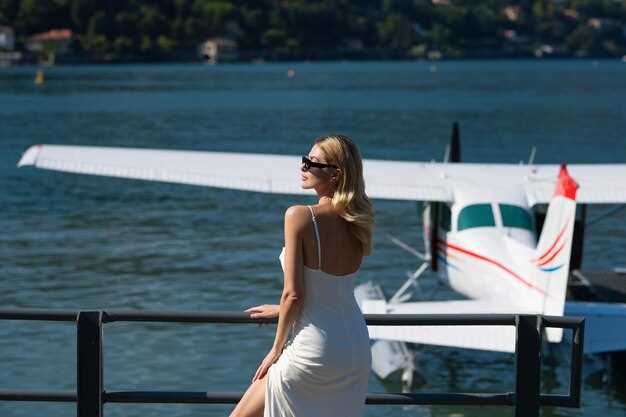The tranquility of lake life is often defined by the absence of noise and the preservation of natural beauty. In this serene environment, the traditional gasoline-powered vessel is increasingly being replaced by quiet, environmentally friendly alternatives. The emergence of small electric boats for lakes marks a perfect synergy between technology and ecological preservation, offering a peaceful, low-impact way to enjoy inland waters. These compact, efficient vessels are ideal for leisurely cruising, quiet fishing, and simply enjoying the stillness of a morning on the water.
The movement toward electric propulsion in freshwater environments is driven by a number of factors, including regulatory restrictions on combustion engines in certain lakes, and a growing desire among boaters for a low-maintenance, noise-free experience. A small electric boat delivers all the pleasure of boating with none of the exhaust fumes or loud engine noise, making it the quintessential lake craft.
Why Choose a Small Electric Boat for Lakes?
The primary advantage of these boats is their operation. The electric motor is virtually silent, allowing the captain and passengers to fully appreciate the sounds of nature. This is a profound shift from traditional boating, transforming the experience into one of peaceful contemplation rather than a high-speed thrill. For wildlife watchers, bird enthusiasts, or anglers, the ability to approach an area without disturbing the environment is invaluable.
Furthermore, electric boats are exceptionally clean. The elimination of gas and oil on board means no risk of spills, no exhaust emissions, and no fuel storage concerns. This is particularly important on small, enclosed bodies of water where environmental sensitivity is a major concern. The simple, non-polluting nature of these craft makes them the preferred choice for eco-conscious communities and regulated waterways.
In terms of practicality, a small electric boat for lakes is generally much easier to own and maintain than its gasoline counterpart. The smaller size often means they can be easily towed, launched, and stored, requiring less specialized equipment and less room in a garage or boathouse. The maintenance is also minimal. The simplicity of the electric drive means there are few moving parts to service, leading to reduced long-term operating costs and less downtime for repairs.
Design and Power Considerations
When looking at small electric boats for lakes, potential owners will find a variety of styles, from classic wooden launches to modern pontoon-style boats and streamlined runabouts. The design is often optimized for displacement cruising—moving through the water efficiently rather than skimming across the surface. This focus on efficiency maximizes the battery run time, ensuring that a full day of cruising is possible on a single charge.
The power system centers around the battery and the electric motor. For these smaller applications, the power required is modest, often ranging from 1 kW to 10 kW. Modern lithium-ion batteries provide the best power-to-weight ratio, but more affordable options, like lead-acid batteries, are also still used for basic models. It is crucial to match the battery capacity with the desired range and speed. Most manufacturers provide clear run time estimates, helping the buyer to make an informed decision based on their typical use patterns.
One of the newest trends is the integration of solar power. While solar panels on a small electric boat may not fully power the vessel for a long journey, they can provide a crucial maintenance charge when the boat is moored. This prevents the batteries from self-discharging and extends the boat’s practical range by offering a constant trickle charge, enhancing the vessel’s self-sufficiency.
Choosing the Right Size and Features
The definition of “small” can vary, but generally, these boats are under 25 feet in length and are designed to accommodate between two and eight passengers. When choosing a model, consider the primary activity. For fishing, a stable, open deck plan with dedicated storage is ideal. For entertaining, a small electric boat with comfortable, facing seating and perhaps a small table is preferable.
Look for thoughtful features that enhance the lake boating experience. Deep, comfortable seating, easy-to-clean flooring, and a simple, intuitive control panel are all signs of a quality small electric boat for lakes. Furthermore, the boat’s charging system should be robust, allowing for quick and safe recharging from a standard residential outlet. The peace of mind that comes from knowing you can simply plug in your electric boat overnight is a major benefit of ownership. Many of the most popular models are indeed electric small boats.
The simplicity of the electric motor also means that operation is often simpler than with a traditional gasoline engine, making these craft highly accessible for new boaters. The quiet nature of these electric boats is a key selling point for those living near or vacationing on inland waters. They represent a harmonious way to interact with the natural environment.
In conclusion, small electric boats for lakes represent the ideal evolution of recreational boating on inland waters. They embody a commitment to the environment, offer a dramatically quieter and more serene experience, and provide the benefit of extremely low maintenance costs. As technology advances, these electric boats will continue to become more powerful and efficient, making the choice to go electric an increasingly compelling one for anyone who cherishes the tranquility and cleanliness of their local lake. The simplicity of owning an electric boat ensures that more time is spent enjoying the water and less time dealing with the complexities of a combustion engine.

 Small Electric Boats for Lakes">
Small Electric Boats for Lakes">